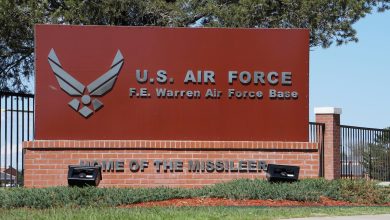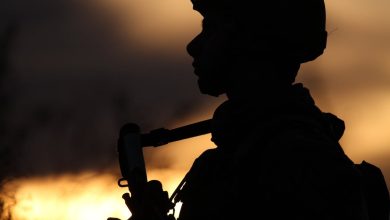What the military could learn from the NFL preseason (and vice versa)
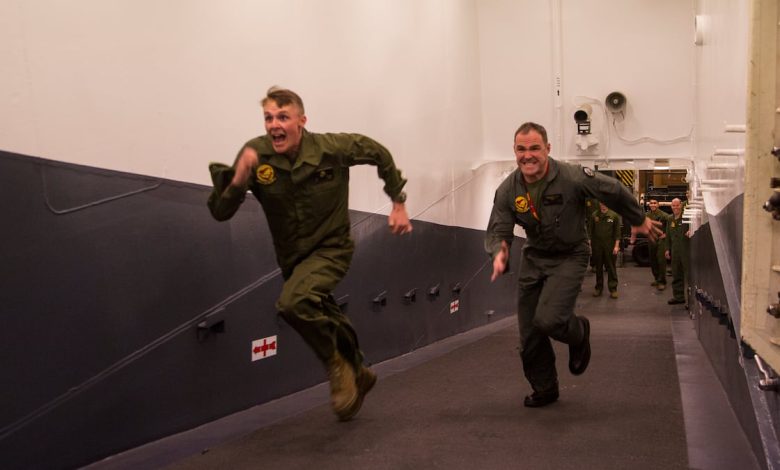
As summer winds down and the calendar inches toward September, two very different yet oddly similar American institutions begin to ramp up for their respective seasons. In the NFL, teams are grinding through training camp, evaluating rosters and trying to avoid devastating injuries. In the U.S. military, units are wrapping up summer rotations, prepping for fall exercises and hoping no one gets a DUI before Labor Day.
The NFL preseason and military pre-deployment training might appear unrelated on the surface. But dig a little deeper, and you will find a shared set of challenges: questionable leadership decisions, hazing masked as tradition and a culture of forced optimism that pretends readiness is always one motivational speech away.
Let’s break down the parallels between America’s two most rigidly structured teams: professional football and professional war.
Rookie hazing and the myth of toughness
In 2013, Miami Dolphins offensive lineman Jonathan Martin abruptly left the team after enduring weeks of degrading behavior from teammates. The NFL’s Ted Wells investigation concluded that Martin was subjected to a “pattern of harassment,” including racial slurs and sexual taunts, by Richie Incognito and two other linemen. The harassment led Martin to check into a mental health facility, citing emotional distress consistent with verbal abuse and bullying.
Similarly, hazing remains a serious issue in the U.S. military, despite being explicitly prohibited under Department of Defense policy. A Government Accountability Office audit found that the Department of Defense reported between 183 and 299 hazing complaints annually from fiscal years 2017 to 2020. However, internal surveys suggest the real number of incidents could be in the tens of thousands. The report recommended better data collection and more vigorous enforcement across all service branches.
Both the NFL and the military continue to wrestle with how to preserve culture without fostering cruelty. The question remains whether breaking someone down is truly necessary to build them up, or just a way to mask insecurity and incompetence with ritual.
Readiness theater and the illusion of preparedness
NFL coaches know the preseason is a lie. They claim wins and losses do not matter, but roster cuts are made, starters are judged and entire careers can hinge on a three-snap sequence in the second quarter of a meaningless game. Every team is 0-0 and “headed to the Super Bowl” until Week 1 exposes which franchises are still held together by duct tape and denial.
The military runs its version of this illusion. PowerPoint slides are polished, command briefs are rehearsed and morning formations present a confident front. But talk to the E-4 who just signed for 14 broken NVGs, or the lieutenant whose convoy got lost during a field exercise, and you will hear a more honest assessment.
The GAO found that military readiness assessments frequently rely on paper metrics and lack standardization, making it difficult to evaluate a unit’s actual ability to perform wartime missions. Readiness becomes something to be demonstrated, not achieved. In both the NFL and the military, success is defined more by perception than preparation.
Leadership decisions that make no sense
NFL coaches are known for baffling preseason decisions. Some play their franchise quarterback too long. Others cut promising players in favor of known underperformers. Timeouts are burned like they expire at the end of August.
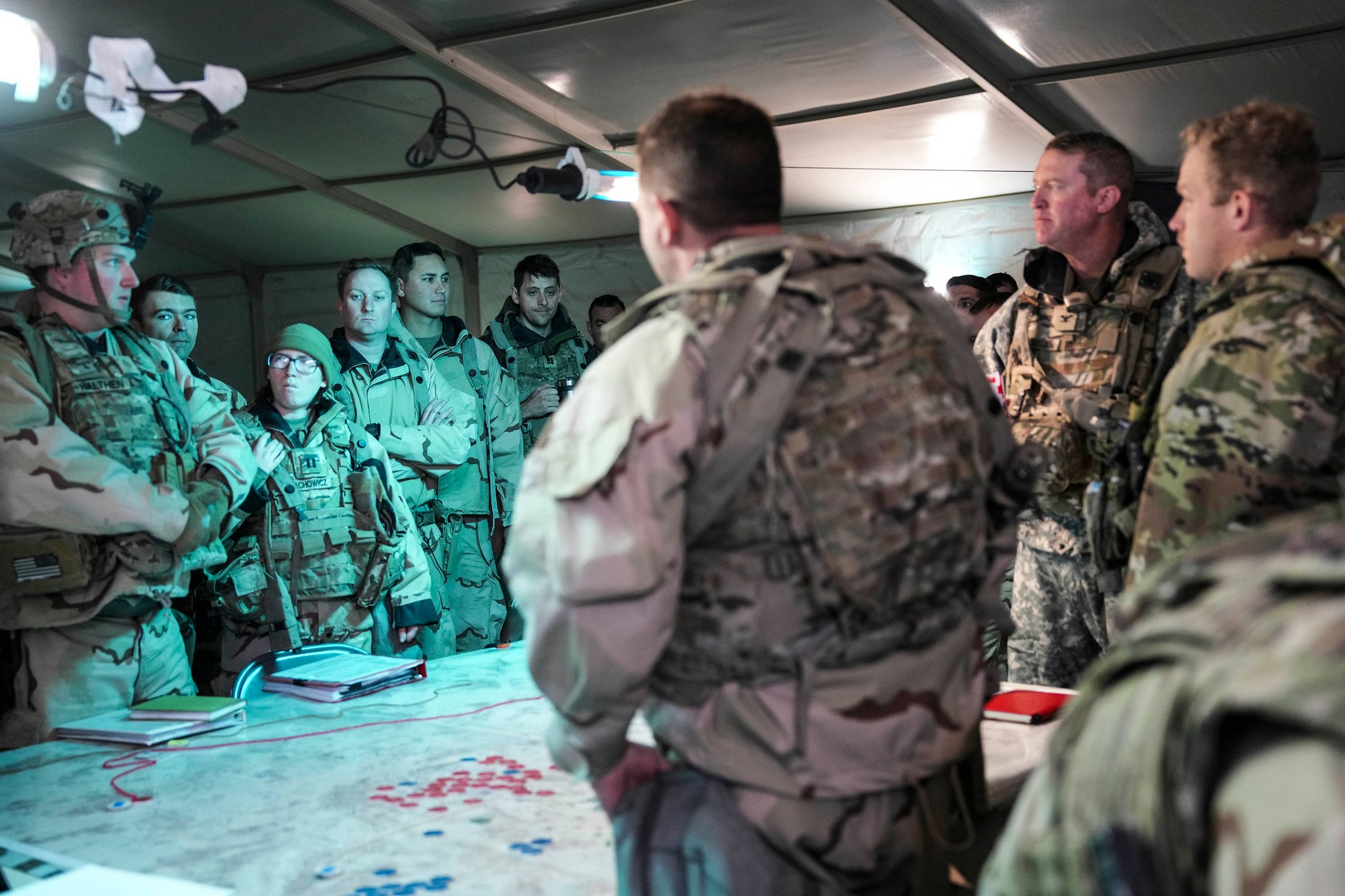
Military leadership has its own greatest hits. Sometimes they schedule a 12-mile ruck the morning after a 24-hour field exercise. Other times, they assign a brand-new lieutenant to lead a seasoned platoon in combat. Budget decisions often prioritize aesthetic projects, such as a new barracks mural over basic infrastructure like hot-water repairs.
Bad decisions are usually justified with one phrase: “This is how we have always done it.” In both worlds, the people most affected by leadership’s choices rarely get a say in the outcome.
The eternal optimism machine
Every preseason, NFL head coaches tell reporters this is the best locker room they have ever seen, that the team has turned a corner. That the culture is strong. Meanwhile, a star wide receiver is requesting a trade, and the kicker just got arrested outside a Waffle House.
The military also thrives on this brand of forced optimism. Commanders insist morale is high, retention is improving, and the unit is ready to fight tonight. Meanwhile, junior troops vent anonymously on Reddit’s r/Army and apply for civilian jobs during their lunch breaks.
Optimism has its place, especially in leadership. But when positivity becomes a cover for dysfunction, it starts to rot the organization from within. Both institutions need to make more room for honest feedback, even if it makes the PowerPoint look bad.
Cross-training potential
There are things each side could learn from the other. The military could adopt the NFL’s model of joint practices, allowing different units to train together before major exercises or deployments. The NFL might benefit from the military’s structured after-action reviews, especially when analyzing mistakes in high-pressure environments.
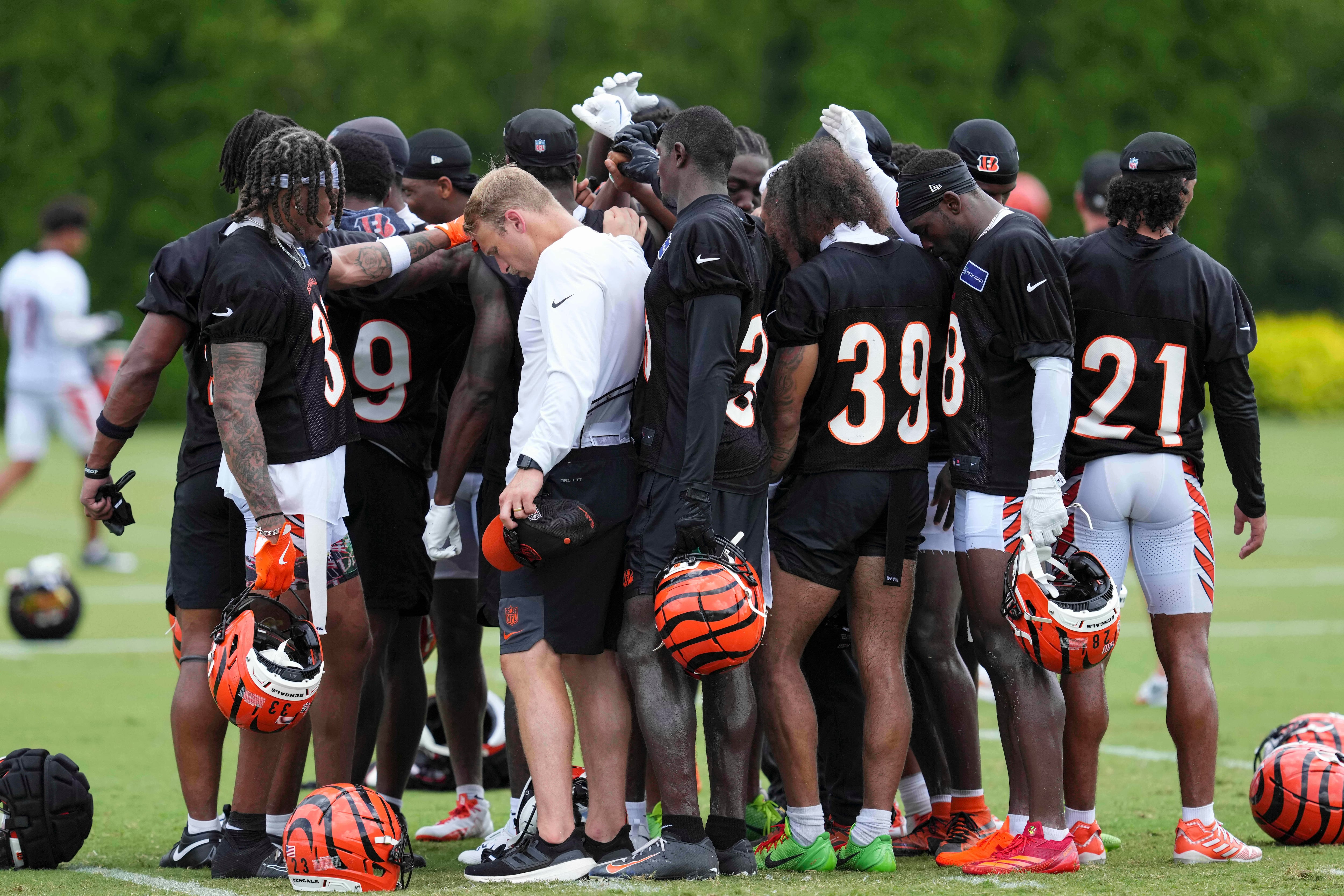
Both systems rely heavily on junior personnel operating under high pressure. More honest mentorship, better feedback loops and fewer ego-driven decisions would benefit everyone involved.
Final score
The NFL preseason and military training cycles are both pressure cookers disguised as preparation. They reward bravado over honesty and ritual over relevance. But beneath all of it, young men and women are simply trying to do their jobs, follow orders and avoid burnout.
Pretending everything is fine might get you through the week. But neither institution wins championships or wars by lying to itself.
Observation Post is the Military Times one-stop shop for all things off-duty. Stories may reflect author observations.
Read the full article here







